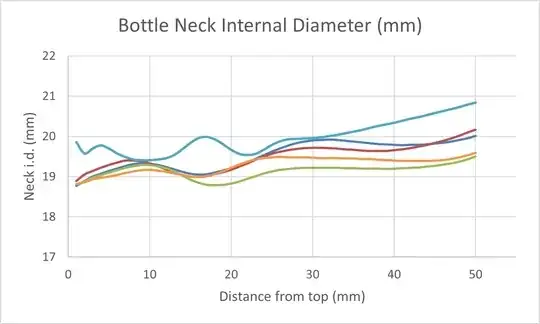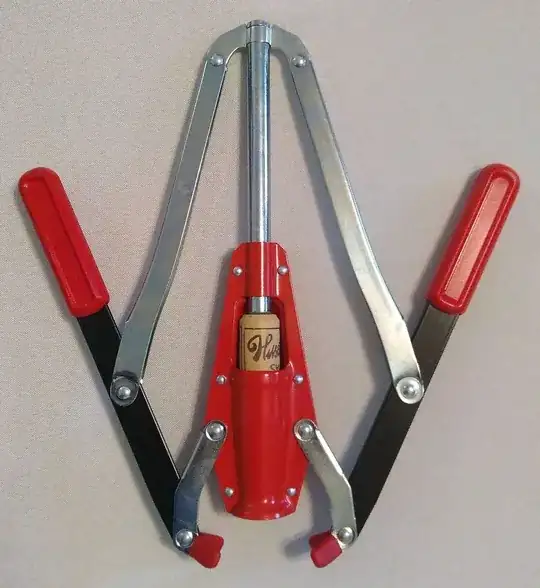When I pull a cork out of a wine bottle, it usually expands slightly in circumference. This makes sense: you want the cork to be slightly compressed relative to its natural diameter when it's inside the bottle in order to make a tight seal.
But I've noticed that the cork usually expands asymmetrically, with the end that was originally toward the inside of the bottle expanding significantly more than the end that was toward the outside of the bottle. After the cork is pulled out, it usually ends up noticeably asymmetrical, with the inner end wider than the outer end. This isn't just true for mushroom-shaped champagne-style corks, but also for corks that (as far as I can tell) are perfectly cylindrical and symmetric when they're initially inside the bottle.
In fact, the asymmetry in the expanded cork is often so pronounced that the end that was initially toward the inside of the bottle has expanded so much that I can't fit it back into the bottle, but I can fit the end that was initially toward the outside into the bottle. That is, I can't fit the cork back into the bottle in its initial orientation, but if I flip it upside-down then I can fit it in.
What causes this asymmetric expansion (for still wine corks)? Do the manufacturers actually make the corks asymmetric for some reason? Or does it have something to do with the fact that the corkscrew is penetrating the outer end of the cork but not the inner end, so the force is applied unevenly? Or maybe something to do with the difference in air pressure on the two ends as the cork is pulled out? Or maybe I'm just making up this whole phenomenon? (Although other people I've spoken to have noticed it as well.)
It seems to me that the asymmetry is much more pronounced for synthetic corks than for natural ones, so I suspect that it may have something to do with corks' material properties.






